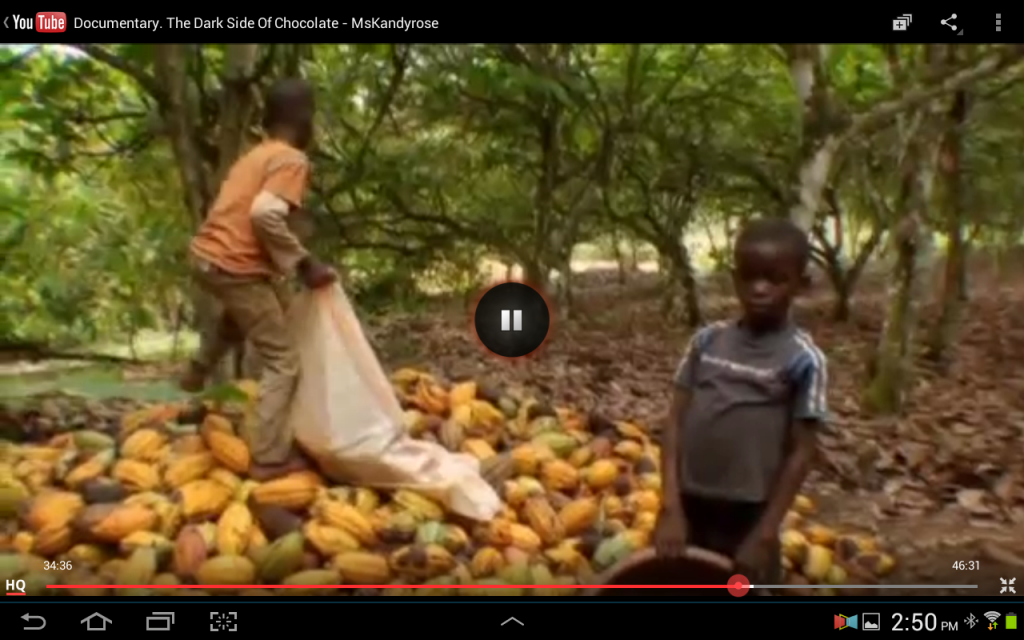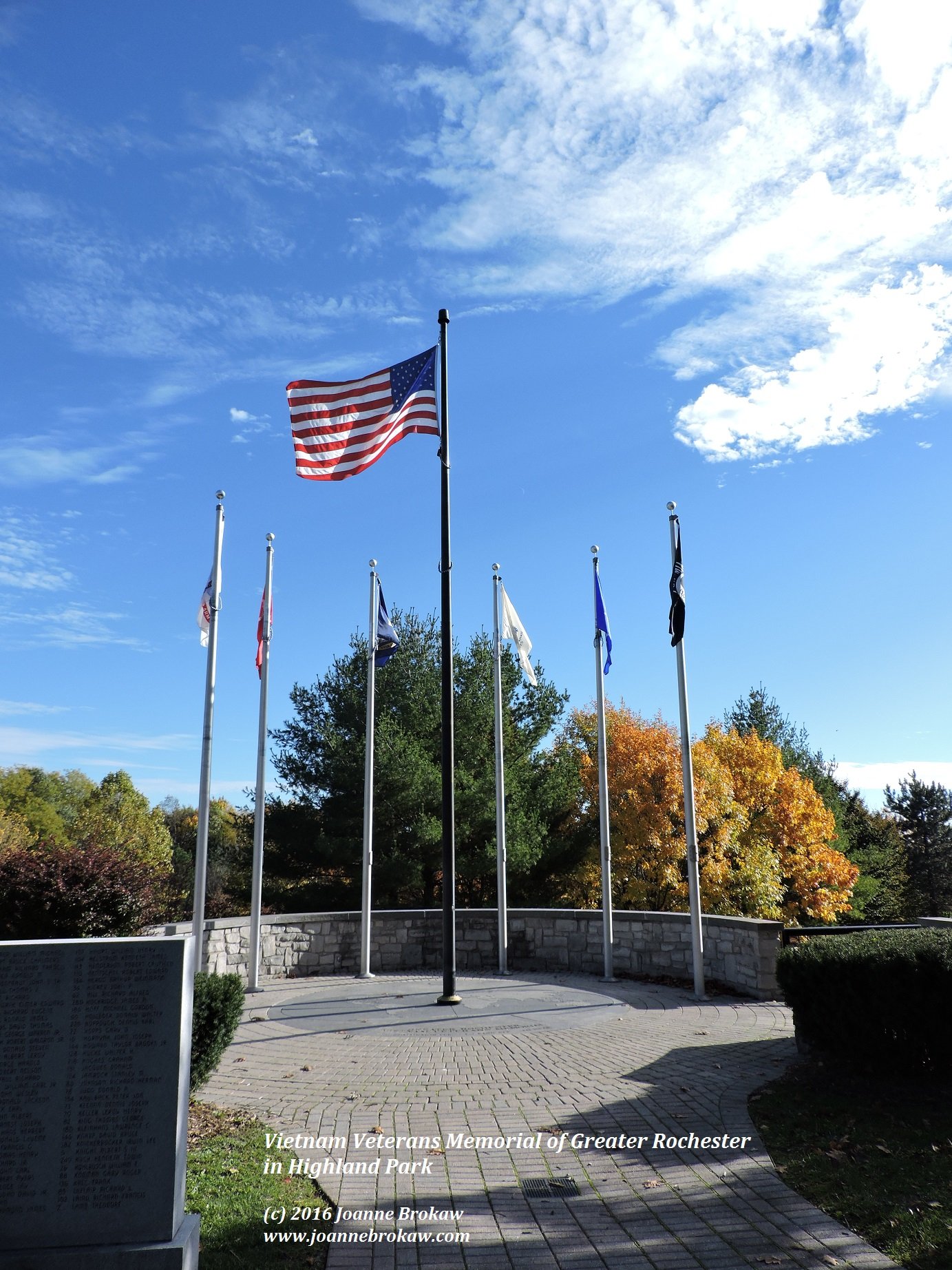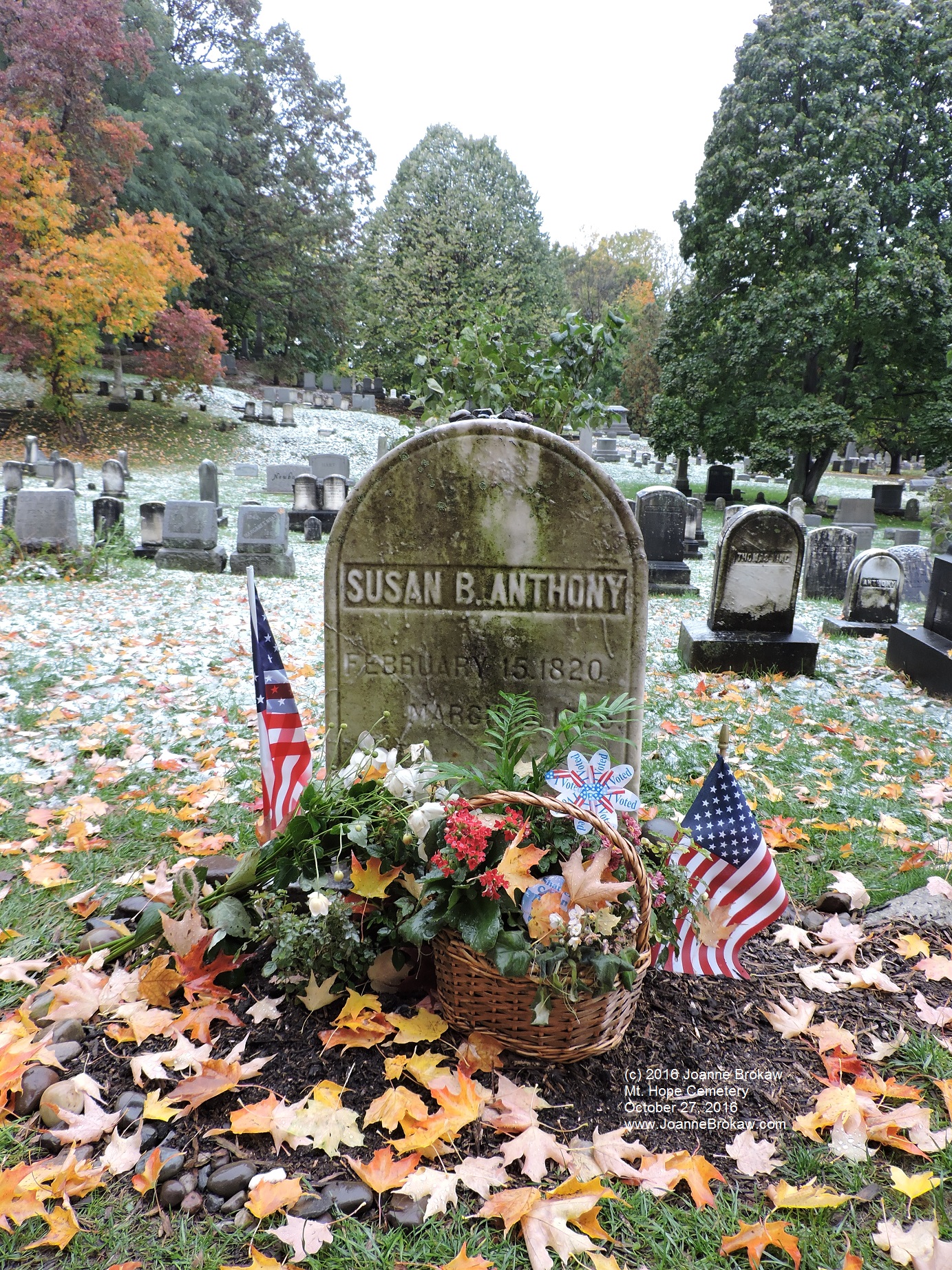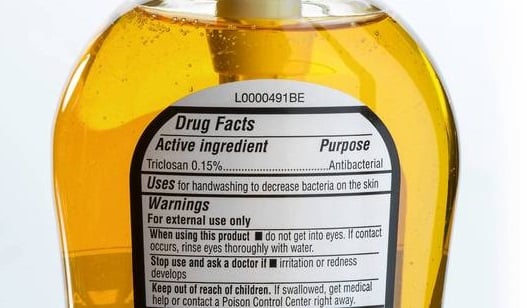
I went to lunch with a friend last week and we stopped in at a local gourmet chocolate shop. The place was mobbed with people stocking up on the upcoming Easter holiday but all I wanted to do was ask the owners if they knew where their cocoa came from.
Chances were quite good that the cocoa they used to make their sweet goodies was harvested by child slaves.
I wondered if the people filling their shopping baskets knew that 42% of the world’s cocoa comes from the Ivory Coast, where children from Mali, Burkino Faso, and other African countries are smuggled across the border and put to work harvesting cocoa pods. And almost all of it is purchased by Nestle, Cargill, ADM, and Barry Callebaut.
In other words, if you’re eating chocolate from any major candy producer, and if it doesn’t promote itself as “fair trade,” there’s a very good chance it came at the hands of a child slave.
Chocolate begins as a cocoa pod, which is harvested and opened to remove the beans. After processing and selling to chocolate manufactureres, it becomes that beautifully wrapped and marketed candy confection on our store shelves.
The thought of chocolate bars and cocoa syrup and sweet candy probably conjures up an image of the Wonka factory, magical and mystical and oh, so yummy. But that photo above is what the first step of the process really looks like.
Small children, some taken from the streets against their will, other sent by families to make money working in the larger cities who are then taken across the border and put to work on plantations. Children as young at 7 or 8 or 10 or 11 with machetes, cutting down pods, hauling heavy loads, being exposed to pesticides.
In 2001, the major chocolate producers in the world signed the Harkin Engel Protocol which was designed to eliminate the worst forms of child labor in the industry by 2008. And yet children are still smuggled every day into the Ivory Coast and put to work on plantations. The cocoa industry’s response? Because the farms that produce cocoa aren’t owned by the chocolate companies, they “don’t have direct control over cocoa farming and labour practices.”
Ever since I learned about the child slavery issue and its ties to the chocolate industry, I’ve had a difficult time enjoying my mocha, my Hershey’s syrup, my occasional candy bar. I often feel helpless with global issues like this. What can one person do? I’ve come to believe that I can’t be responsible to know everything about everything or right every wrong in the world.
But once I know about it? Well, that’s a different story.
I’ve stopped buying chocolate unless I know it’s labeled fair trade, but even that’s not a perfect system. The Fair World Project recently looked at chocolate labeled as fair trade that was being sold at Trader Joes and Whole Foods. Their investigation revealed that while some ingredients met fair trade standards not all ingrediens did – despite the bold “fair trade” claim on the wrapper.
But right now it’s the only guide I have to try and make educated decisions about my purchases. Yes, I care about my chocolate purchase. I mean, I don’t have some God given right to eat candy at the expense of another human being. When in doubt, I simply don’t buy chocolate.
And in the end, that might be the best tool consumers have to instigate change.
In the documentary “The Dark Side of Chocolate,” Ali Lakiss, CEO of Saf-Cacao, the largest manufacturer of cocoa in the world, warned the filmmakers to get proof of their accusations of child slavery, adding, “We are the world’s largest manufacturer. If people don’t want to buy cocoa do you know what a disaster that would cause all over the world?”
Yes, Mr. Lakiss, I do. It would impact the chocolate companies right where it hurts, in their wallets.
I urge you to take an hour to watch the documentary “The Dark Side of Chocolate” and begin thinking about how the money you spend on goodies and treats affects the well-being of others. Visit the documentary website for more resources on child slavery in the cocoa industry.
And as you unwrap that chocolate bunny on Sunday, ask yourself this question: Now that I know, how will I respond?











